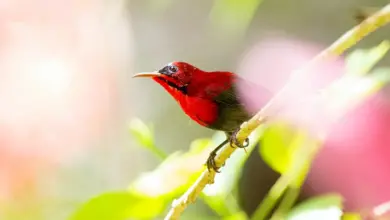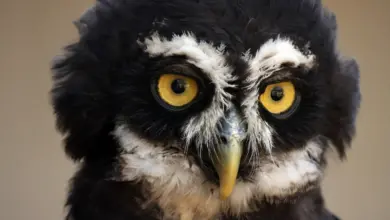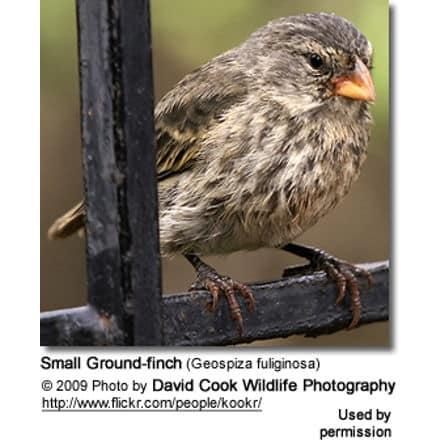Backyard Birds
Asian Drongo-cuckoos
The Asian Drongo-cuckoos (Surniculus lugubris) is a cuckoo that resembles a Black Drongo, but it can be easily distinguished by its straight beak and the white barred vent.
It shares the genus Surniculus with the Philippine Drongo-cuckoo Surniculus velutinus. This is sometimes treated as a subspecies of S. lugubris, but can be separated as a species on the basis of vocalization and juvenile plumage.
The Asian Drongo-cuckoo is a brood parasite on small babblers. It is not known how or whether the drongo-like appearance benefits this species but it is suspected that it aids in brood parasitism.
Some recent work suggests that the species may need to be split into two based on call and morphological differences:
- Square-tailed Drongo-Cuckoo (Surniculus lugubris including brachyurus, musschenbroeki. It has white bars on the vent and outer undertail feathers. The tail is notched with slightly flared tips. In flight, a white wing-stripe is visible from below. It occurs naturally in South East Asia and is a summer visitor to the Himalayas from Kashmir to eastern Bangladesh. The calls are series of piercing sharp whistles rising in pitch but shrill and choppily delivered.
- Fork-tailed Drongo-Cuckoo (Surniculus dicruroides) – It has a deeply forked tail often having a white spot on the back of the head. The race is Sri Lanka stewarti has a shallower fork. Found resident mainly in peninsular India in hill forests although some specimens are known from the Himalayan foothills. They are said to brood parasites on the Dark-fronted Babbler. The song has been described as a series of 5 or 6 whistling “pip-pip-pip-pip-pip-” notes rising in pitch with each “pip”.




